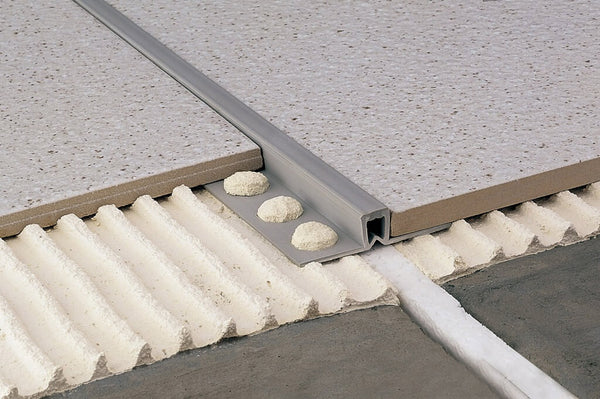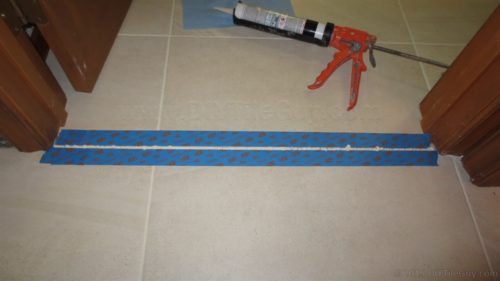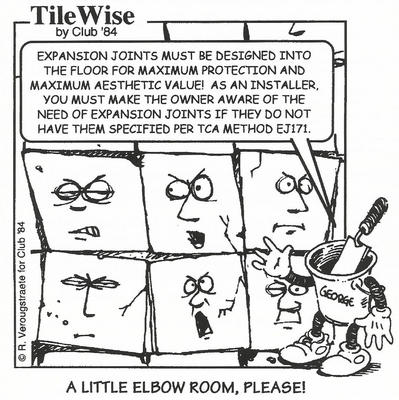The distance between adjacent expansion joints and the dimensions of the individual joints must be such that any movements occurring do not exceed 16 or 20 of the joint width.
Tile expansion joint distance.
Learn all about expansion joints here.
However in order to not make cuts the tile actually overlays the expansion joint by 1 5 tiles are 18 36 thank you for the challenge sweetheart wife i have pics available but not sure how to post them to you.
Concrete also has standards that vary depending on its structure thickness and design mix.
Perimeter expansion joints are required on all installations to allow free movement at the perimeter of the installation.
At day joints or stress induced saw cuts in subfloors.
Ceramic porcelain and stone tile expands and contracts with thermal and moisture changes in the environment.
On an area of this size do you experts out there reckon that i ll get away with expansion joints under each door without the need to break up individual rooms by fitting expansion joints up the middle of rooms.
However these limiting values rarely occur in properly detailed and well installed floor systems for commonly recommended maximum bay sizes are safely conservative.
When you install ceramic tile on the floor you must take care to create an expansion joint between the walls and the tiled floor.
Tiles vary in size from 26 5cm sq to 53cm sq so the pattern won t give me a straight joint line for any real distance.
The tile council of north america recommends at least a quarter inch gap between the tile floor and the walls.
It is recommended that you err on the side of caution and use the smaller measurement.
At specified distances across a floor to create individual tile beds general consensus is that movement joints should be utilised at distances between 5m and 8m.
According to the tile council of north america a body that helps set standards for tile installations when installing outdoor tile there must be an expansion joint every 8 feet to 12 feet in each direction.
The tcna handbook recommends allowing for expansion and contraction in every tile installation.
Generally a perimeter movement joint is a minimum of 6mm in width.
In small rooms a gap at the perimeter of the room often hidden by baseboard or shoe molding is sufficient.
For larger areas the movement joints will be visible.
Never fill this gap with grout because tile grout is not flexible.
Floors with underfloor heating systems should incorporate movement joints with a limited bay size of a maximum of 25m.








